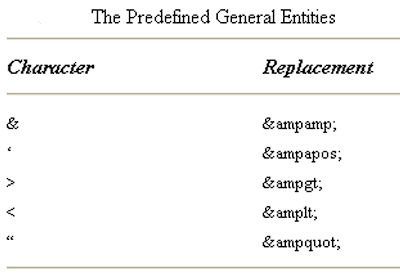The Root Element (Lines 2 through 23)
Each XML document must have only one root element, and all the other elements must be completely enclosed in that element. Line 2 identifies the start of the
<home.page>element (the start tag), and line 23 identifies the end of the element (the end tag).
Note that unlike HTML, in which a
<P>
An XML element doesn’t always have content. Empty elements, such as the IMG element in HTML that simply points to an external graphics file through its SRC attribute, obviously have no content. An empty element might have an end tag, but it can have a special form of start tag that allows an explicit end tag to be omitted.
the name you use in the element start tag must exactly match the name you use in the end tag. If you want to use an odd combination of cases to increase the legibility of long names .
XML is case sensitive, recognizing the difference between uppercase letters (A–Z) and lowercase letters (a–z). In applications that aren’t case sensitive, mixed-case characters are usually converted—folded into one case or the other. The ASCII character set usually folds to uppercase characters. Unicode usually folds to lowercase characters. XML has to account for this, and for the fact that it might have to deal with languages in which the case folding is uncertain. Therefore, XML defaults to lowercase (and the XML declaration also has to be in lowercase).
An Empty Element (Line 13)
Empty elements are a special case in XML. In SGML and HTML, it is obvious from the DTD’s definition of an empty element that it is empty and has no comment. XML, in keeping with its developers’ design goals, requires you to be much more explicit. Indeed, you might not use a DTD at all, so it could be hard to decide whether an element is or should be empty. Therefore, empty elements have to be very clearly identified as such. To do so, there is a special empty tag close delimiter, />, as in the following:
<empty_element/>
To maintain a certain degree of backward-compatibility with SGML (until such time as the SGML standard is updated to allow the use of empty-tag close delimiters), and to make the conversion of existing SGML and HTML code into XML a little easier (a process called normalization, which adds end tags to all elements and is supported by a lot of SGML tools), you can use an end tag instead of the special empty tag close delimiter. The element declaration
blockquote><graphic source=”file.gif”/>
is therefore interchangeable with
<graphic source=”file.gif”></graphic>
Attributes (Lines 7 and 22)
Element tags can include one or more optional or mandatory attributes that give further information about the elements they delimit.
Attributes can only be specified in the element start tag. The syntax for specifying an attribute is
<element.type.name attribute.name=”attribute.value”>If elements were nouns, attributes would be adjectives. We could therefore say
<fruit taste=”sharp”>or even
<problem size=”huge” cause=”unknown” solution=”run.away”>An attribute can only be specified in an element start tag.
In direct contrast to SGML and HTML, in which multiple declarations are considered to be fatal errors, XML deals with multiple declarations of attributes in a unique manner. If an element appears once with one set of attributes and then appears again with a different set of attributes, the two sets of attributes are merged. The first declaration of an attribute for a particular element is the only one that counts, and any other declarations are ignored. The XML processor might warn you about the appearance of multiple declarations, but it is not required to do so and processing can continue as normal.
Related Post
TESTING CONSTRAINTS PART TWO
LIFE CYCLE TESTING
TEST METRICS
Independent Software Testing
Test Process
Testing verification and validation
Functional and structural testing
Static and dynamic testing
V model testing
Eleven steps of V model testing
Structural testing
Execution testing technique
Recovery Testing technique
Operation testing technique
Compliance software testing technique
Security testing technique
